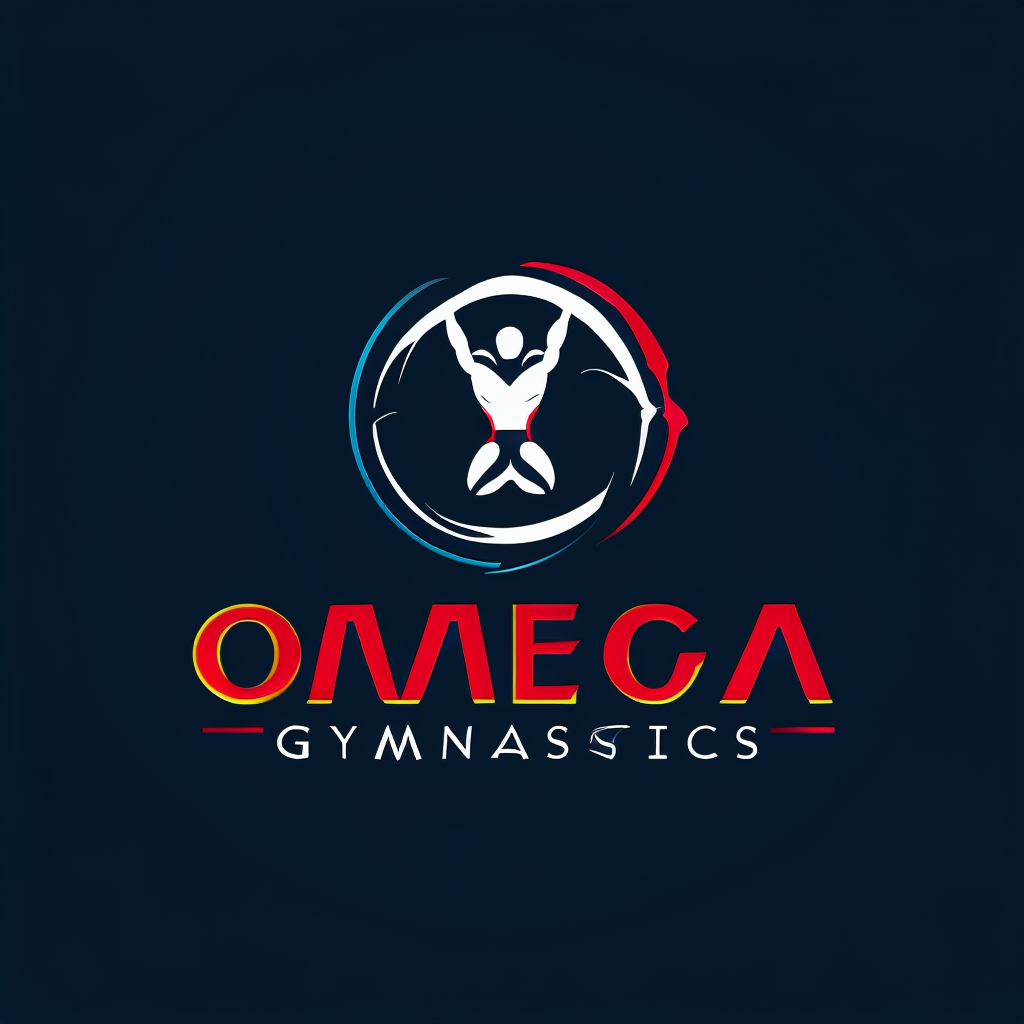Importance of Flexibility in Karate
Flexibility is crucial for enhancing performance in karate. It allows martial artists to execute techniques with greater precision and efficacy. When discussing flexibility, consider its vital role in increasing the range of motion and improving overall agility.
An integral component in any karate training regime is stretching, which aids in maintaining and enhancing flexibility. This is not only about improving skills but equally about injury prevention. Specifically, increased flexibility helps prevent common injuries associated with martial arts, such as strains and sprains. These are often caused by overstretching or incorrect technique execution. By incorporating regular stretching, martial artists strengthen muscles and minimize the potential risks of such injuries.
Also to see : Unlock Explosive Takedowns: The Ultimate Plyometric Training Guide for UK Wrestlers
Executing karate techniques effectively requires more than just strength; flexibility allows for the full expression of techniques like punches, kicks, and blocks. These movements demand an extended range of motion which is only possible through routine flexibility exercises. Notably, flexibility improvement over time will reflect in the karateka’s ability to perform with fluidity and grace, pivotal for success in this discipline.
In summary, cultivating flexibility through proper stretching techniques ensures both skill enhancement and injury mitigation in the practice of karate.
Also read : Crafting the Ultimate Capoeira Training Blueprint: Unlocking Harmony for UK Enthusiasts
Dynamic Stretching Techniques for Flexibility
Dynamic stretching techniques are advantageous for enhancing karate flexibility and preparing the body for action. These exercises specifically target muscles and joints, improving overall flexibility and performance.
Leg Swings
Leg swings are vital for boosting hip flexibility and range of motion. These exercises can significantly contribute to the efficiency of kicks and stances in karate. To execute a leg swing, stand with one leg grounded and swing the opposite leg forward and backward in a controlled motion. Aim for smooth, continuous motion, keeping the swinging leg straight. This dynamic stretching technique promotes enhanced flexibility of the hip joint.
Arm Circles
Arm circles are essential for shoulder flexibility and mobility, critical for executing fast and fluid arm techniques. To perform arm circles, extend your arms horizontally and move them in small circles. Gradually increase the size of the circles as your shoulders warm up.
Torso Twists
Torso twists benefit the core and spinal flexibility, crucial for balance and power in karate. Stand with feet shoulder-width apart, place hands on hips or extend arms, and rotate the torso side to side. This stretch helps maintain a strong core, vital for stabilisation during karate techniques.
Step-by-Step Dynamic Stretching Routine
A well-structured stretching routine is essential for enhancing flexibility in karate training. Adopting a beginner-friendly dynamic stretching routine can significantly improve performance and prevent injuries. Here’s a breakdown:
- High Knees: Boost overall mobility by jogging on the spot with elevated knees.
- Side Lunges: Improve lateral hip movement development by stepping one foot aside and sinking into a lunge.
Modify repetitions and durations according to skill level. Beginners might aim for 10-15 repetitions per exercise, holding stretches for 15-20 seconds. Progress to longer durations as flexibility improves. For advanced practitioners, incorporating dynamic stretching after every warm-up enhances muscle readiness and elasticity.
Strive to include stretches that cater to specific karate moves, such as kick-centred stretches for enhanced leg mobility. Consistency is key; regular practice will lead to gradual yet noticeable improvements in flexibility and technique execution across karate disciplines.
Safety and Precautions
Maintaining stretching safety is a critical component in enhancing karate training. Proper safety measures not only prevent injuries but also maximise the benefits of flexibility exercises. It’s crucial to perform a thorough warm-up prior to engaging in dynamic stretching. This increases muscle temperature, enhancing elasticity and reducing the risk of injuries such as muscle pulls.
Adhering to personal limits is fundamental. Overstretching can result in strains or ligament damage. Here, the SQuAD method provides an expansive understanding of this concern: “How can overstretching cause harm?” The precise answer involves exceeding one’s flexibility threshold, leading to muscle tears or strained ligaments. While eagerness to improve flexibility is admirable, it’s essential to progress at a sustainable pace.
Additionally, be mindful of the environment. Ensure a safe, spacious area to perform stretches without obstructions. Comfortable, flexible clothing allows free movement and reduces the risk of entanglement. If discomfort or pain arises during stretching, it’s vital to stop immediately and assess the situation to avoid aggravating potential injuries. Furthermore, consulting with a trained instructor can provide a personalised and safer approach to flexibility development.
Tips for UK Karate Practitioners
For karate practitioners in the UK, incorporating dynamic stretching into regular training is beneficial for maintaining peak performance. Regularly performing these stretches not only improves flexibility but also aids in injury prevention, a critical aspect of sustaining karate performance.
While engaging in karate training, accessing local resources such as clubs and workshops can be invaluable. These platforms often offer structured programs that emphasize the importance of flexibility exercises within martial arts. Many institutions also provide expert guidance, focusing on tailored stretching routines suitable for various skill levels, from beginners to advanced karateka.
Engaging with the karate community offers numerous benefits. Events like workshops and seminars are organised across the UK, providing opportunities to learn from seasoned practitioners. Participation in these events fosters a sense of camaraderie and enhances one’s understanding of flexibility in karate, alongside learning new stretching techniques.
Whether practicing individually or in a group setting, embracing a community’s support and knowledge can enhance your karate experience significantly. As flexibility plays a crucial role in the effectiveness of techniques, leveraging local expertise can be a game-changer in your martial arts journey.

